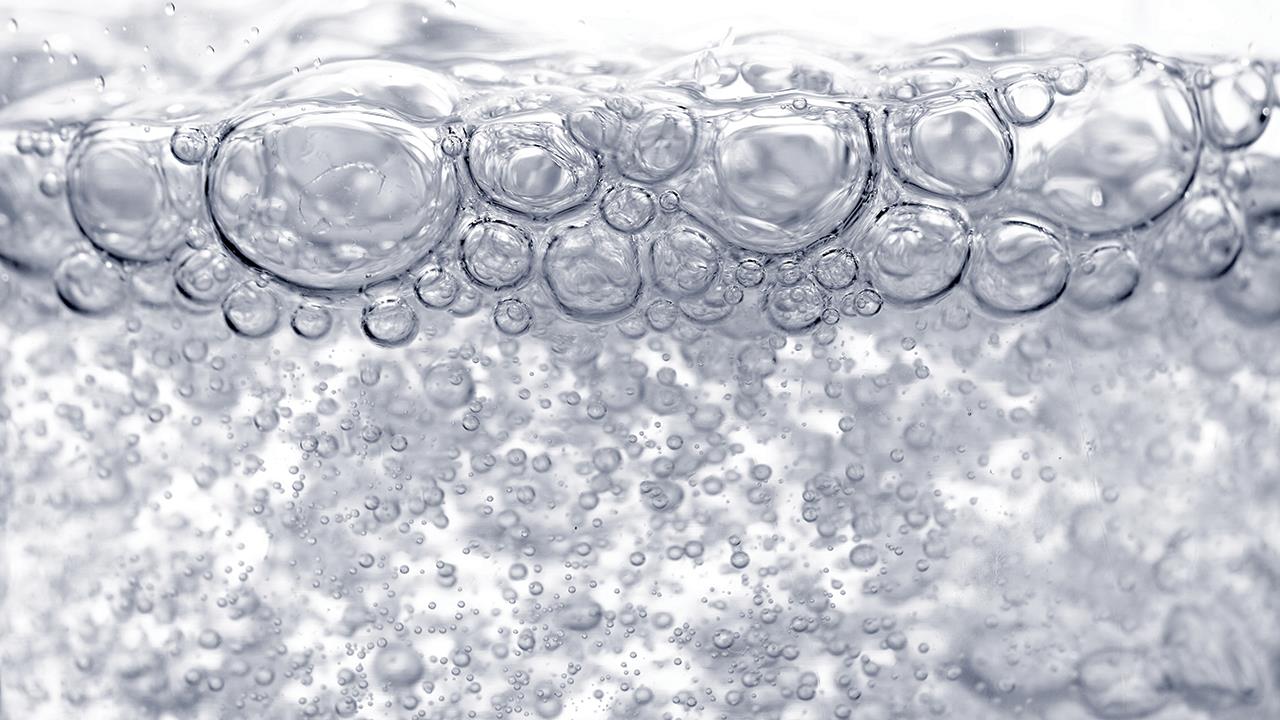

There are a number of considerations that have to be observed in the installation and management of water heating systems.
Perhaps most important is the legal requirement for the installer to abide by the Water Supply (Water Fittings) Regulations, and Scottish Byelaws, and it is a duty of the person commissioning the work to ensure this is stipulated in the contract with the installer.
The consent of the local water supplier must also be obtained by the designer, installer, owner, or occupier of the building before most types of plumbing work can be undertaken in non-domestic buildings, particularly if the project doesn’t involve a like-for-like replacement.
Where water is required to remain wholesome, the water fittings – including storage cisterns, inlet and outlet valves, and other fittings to the final points of use (be it hot or cold) – need to be of appropriate quality and standard, as stipulated by Regulation 4 of the regulations and byelaws.
Using WRAS-approved products, in accordance with any conditions placed upon the approval (installation requirement notes (IRNs), and notes or provisos) is an easy way to ensure that the project is compliant with the regulations, and is of a suitable quality and standard.
In the case of water heating devices, storage tanks, and cylinders, there are a few specific elements to be aware of.
Cold water storage
In Scotland and Northern Ireland, stored cold water must not exceed 20°C, which is different to England and Wales where the maximum temperature is 25°C. Adequate measures should be taken to ensure that this temperature is not exceeded.
One way to do this is to ensure that all cold-water storage cisterns are suitably insulated. Not only does this reduce the risk of the water temperature rising, it also decreases the chance of the water freezing in winter. There should also be a good circulation and regular turnover of water.
To minimise any ingress of debris, wildlife, etc., as well as reduce the risk of contamination, a cistern must be fitted with a rigid, close-fitting, and securely fixed lid, be made of a suitable material, as well as have a servicing valve on inlet and outlet, an overflow pipe, and be adequately sized.
Hot water heaters and cylinders
Similar to cold water systems, hot water heaters and storage devices must follow the correct standards to minimise the risk of contamination. There is, however, additional guidance specific to hot water devices.
To curb the growth of harmful microorganisms, hot water should not be stored at less than 60°C and distributed at or above 55°C. The temperature of stored water shall not exceed 100°C.
Open vent systems keep the temperature of water down naturally, however there are few warning signs to look out for that may indicate a fault or that water is being overheated. These include ‘bubbling’ sounds or loud noises coming from the cylinder, and excessively hot water coming out of the taps.
If a water heater or cylinder is unvented, it must be equipped with pressure controls, as well as temperature and/or pressure relief devices to ensure safe operation. Building Regulations should also be followed in conjunction with the manufacturers’ instructions.
To ensure you are using products of suitable quality and standard, check out the water heating, tanks, and cylinders approved by WRAS on its website.
If you'd like to keep up-to-date with the latest developments in the heating and plumbing industry, why not subscribe to our weekly newsletters? Just click the button below and you can ensure all the latest industry news and new product information lands in your inbox every week.